
The recent announcement from Buckingham Palace of the passing of Katharine, Duchess of Kent, at the age of 92, marks the conclusion of a life uniquely dedicated to service, compassion, and a quiet commitment to humanitarian values that often transcended traditional royal decorum. Her Royal Highness, who died peacefully on Thursday at her home in Kensington Palace, leaves behind a profound legacy that resonates far beyond the confines of stately homes and official engagements, deeply touching the lives of countless individuals through acts of profound empathy and unassuming dedication. It is with deep sorrow that the Royal Family and the nation mourn her loss.
Born into an aristocratic family and subsequently marrying into the British monarchy, the Duchess of Kent carved out a distinctive path that set her apart. She truly embodied a “human touch,” a quality for which Prime Minister Keir Starmer extended his condolences and admiration. While she maintained a dignified presence at prestigious public events, such as Wimbledon, her most enduring image often stems from poignant, personal moments of connection, demonstrating a genuine understanding of human vulnerability and struggle.
Her life story serves as a powerful testament to the quiet strength of personal conviction within a public role, showcasing how genuine empathy can profoundly shape the perception and impact of a royal figure. This article explores the pivotal aspects of her remarkable journey, examining the defining moments and deeply held passions that forged her identity. From her noble beginnings to her cherished royal duties, we trace the intricate narrative of a woman who consistently placed humanity and heartfelt service at the forefront of her distinguished public life.
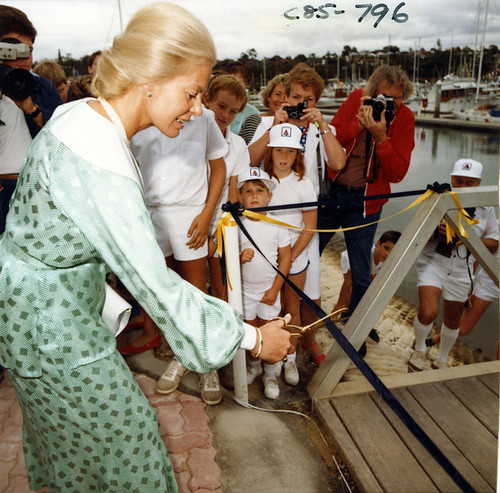
1. **Her Passing and the Palace Announcement**: The news of Katharine, Duchess of Kent’s passing at the venerable age of 92 was met with “deep sorrow,” as announced by Buckingham Palace on Friday, September 5th. She died peacefully the previous night at Kensington Palace, surrounded by her family. This announcement prompted immediate tributes and a period of national mourning, with flags on royal residences lowered to half-mast at noon.
Buckingham Palace’s statement underscored the collective grief, articulating that “The King and Queen and all members of the Royal Family join the Duke of Kent, his children and grandchildren in mourning their loss and remembering fondly the duchess’s life-long devotion to all the organizations with which she was associated, her passion for music and her empathy for young people.” This heartfelt message was also traditionally affixed to the gates of Buckingham Palace for public viewing.
Prime Minister Keir Starmer praised the Duchess for bringing “compassion, dignity and a human touch to everything she did.” He highlighted her unassuming nature, noting, “When it was discovered she had been giving her time and working anonymously as a music teacher at a school in Hull, it seemed typical of her unassuming nature.” The Prince and Princess of Wales also described her as a “much missed member of the family.”
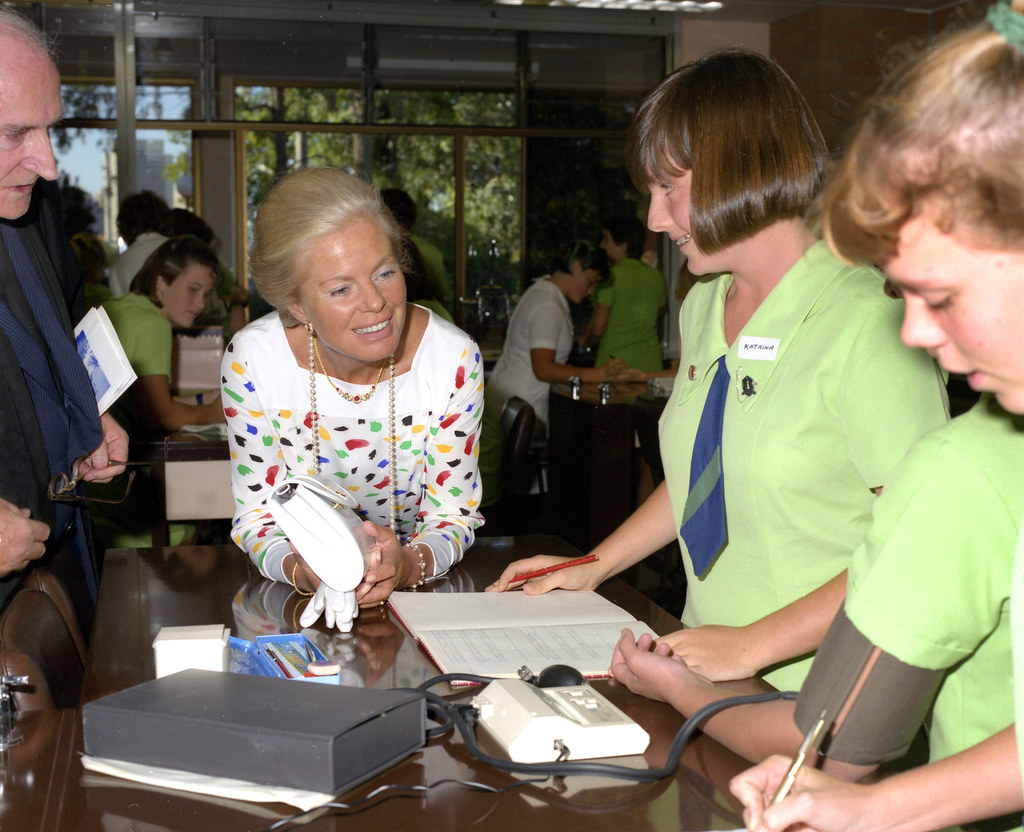
2. **Early Life and Aristocratic Roots**: Katharine Lucy Mary Worsley, born on February 22, 1933, hailed from a distinguished aristocratic background, deeply embedded in English heritage. She was the only daughter of Colonel Sir William Worsley, a baronet, and Lady Worsley of Hovingham Hall, near York. Her family’s estate, Hovingham Hall, had been in their possession for an impressive 400 years, underscoring her deep roots within Britain’s landed gentry.
Growing up in such an environment meant that Katharine was accustomed to moving within the “smart set,” engaging with the upper echelons of society. This upbringing provided her with a unique perspective, balancing the privileges of her birth with an innate sense of duty and discretion. Though not born into royalty, her prominent lineage and social connections would inevitably lead her towards the path of royal life.
Before her marriage, she briefly pursued a career as a kindergarten teacher. This early experience offered a glimpse into her natural affinity for children and her dedication to education, passions that would profoundly shape her later, less conventional royal endeavors. Her formative years thus laid the groundwork for a life that would eventually blend traditional royal duties with deeply personal, empathetic pursuits.
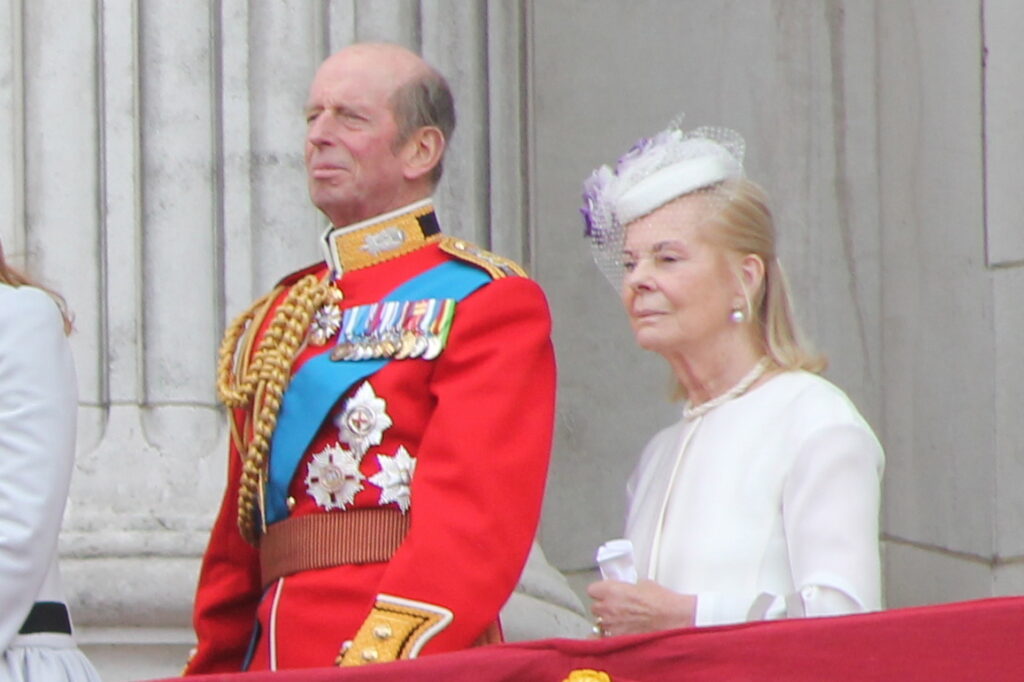
3. **Marriage into the Royal Family**: Katharine Worsley’s journey into the heart of the British Royal Family began with her marriage to Prince Edward, Duke of Kent, in a lavish ceremony held in 1961 at York Minster. Prince Edward, a grandson of King George V and a first cousin of the late Queen Elizabeth II, was known as “Steady Eddie,” reflecting his dependable nature and unlikelihood to bring disrepute.
Their wedding was a significant royal event, attended by prominent members of the Royal Family, including Queen Elizabeth II and Prince Charles, with Princess Anne as a bridesmaid. This union cemented Katharine’s new role as a Duchess, thrusting her into the public eye and the demanding world of royal engagements. Her husband would serve as president of Wimbledon for half a century, intertwining her destiny with that iconic institution.
Together, the Duke and Duchess of Kent had three children: George, Earl of St. Andrews; Lady Helen Windsor; and Lord Nicholas Windsor. She leaves Edward, her husband, and their three children, along with ten grandchildren. Despite the public nature of their lives, the Duchess managed to maintain privacy, embracing royal duties while carving out an individual path.

4. **A Longstanding Fixture at Wimbledon**: For many years, the Duchess of Kent was an unmistakable presence at the Wimbledon tennis championships, a role that became one of her most recognized public duties. Her deep association with the All England Club began early, accepting Honorary Membership in 1962. From 1969, she regularly assisted in handing out trophies, a tradition she upheld with unwavering dedication for more than two decades, becoming a familiar figure to champions and runners-up.
The Duchess distinguished herself by presenting the Ladies’ Singles Trophy almost every year over a 26-year period, with only three exceptions. Her first presentation was to Chris Evert in 1976, and she continued this role until her final presentation to Venus Williams in 2001. Her consistent presence made her an enduring symbol of the tournament, a figure of grace and dignity on Centre Court, witnessed by millions globally.
Deborah Jevans CBE, Chair of the All England Club, paid tribute to the Duchess, stating, “The Duchess was a long-standing supporter of the All England Club and The Championships… for many years regularly presented the ladies’ singles trophies on Centre Court.” This official recognition underscored her unwavering commitment to this beloved British sporting event, cementing her status as a cherished royal figure.

5. **The Iconic Moment: Consoling Jana Novotna**: Among her many appearances at Wimbledon, one moment stands out as particularly emblematic of the Duchess of Kent’s profound human touch: her comforting of a tearful Jana Novotna in the 1993 Ladies’ Singles final. Novotna had lost to Steffi Graf after famously blowing a 4-1 lead in the final set, and the raw emotion of her defeat overwhelmed her during the trophy presentation.
In a rare departure from traditional royal decorum, the Duchess embraced Ms. Novotna, offering a shoulder for the distraught athlete to cry on. This spontaneous act of compassion, widely captured by cameras, became an iconic image, described by The New York Times as Novotna “cried on the well-tailored shoulder of the Duchess of Kent.” It was a deeply humanizing moment for a royal family often perceived as distant.
More than just a hug, the Duchess offered words of encouragement, famously predicting, “I know you will win it one day, don’t worry.” This prediction came true five years later when Novotna won the title in 1998. The Duchess was there again, clasping Novotna’s hands and telling her she was proud, then presenting her with the silver winner’s plate. This full-circle moment solidified the Duchess’s reputation for genuine empathy.
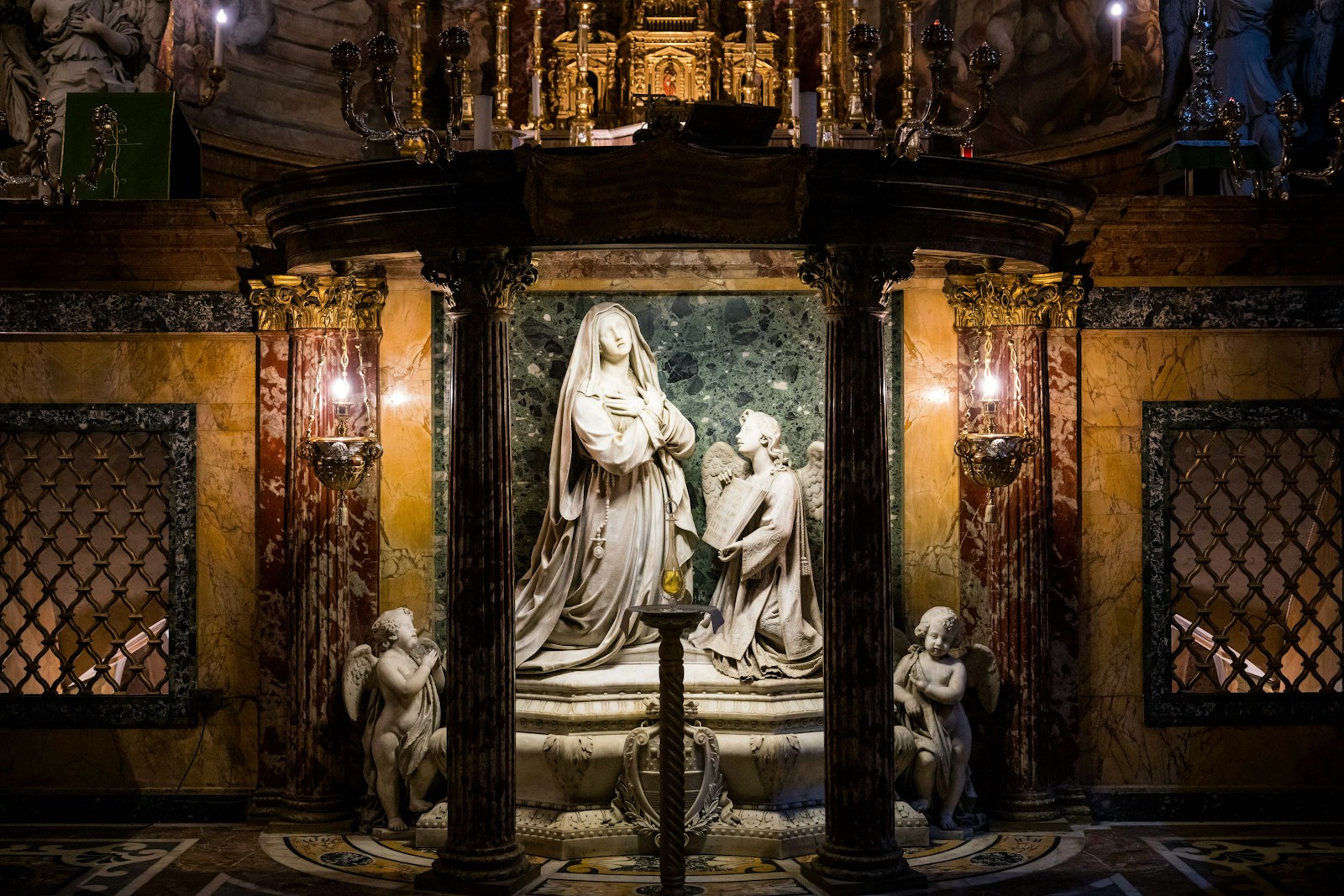
6. **A Personal Decision: Conversion to Catholicism**: In 1994, the Duchess of Kent made a deeply personal and historically significant decision: she converted to Roman Catholicism. This act was momentous, as she became the first member of the officially Anglican royal family to do so in over three centuries, specifically since King Charles II’s conversion on his deathbed in 1685. It marked a substantial divergence from centuries of royal tradition and an early 18th-century law prohibiting royal members from becoming Catholic.
Describing it as “a long-pondered personal decision,” her conversion underscored her independence and conviction, indicating a spiritual journey undertaken privately. She was formally received into the Catholic Church by Cardinal Basil Hume, then Archbishop of Westminster. This high-profile and official reception was a testament to the seriousness and official nature of her commitment, a public statement of her deeply held beliefs.
This groundbreaking conversion highlighted the Duchess’s willingness to forge her own path, even when it diverged from established royal norms. It demonstrated a quiet strength and a readiness to follow her conscience, distinguishing her from many contemporaries. This personal shift would also influence some of her later charitable endeavors, connecting her to organizations with Catholic foundations, such as the Passage homelessness charity.
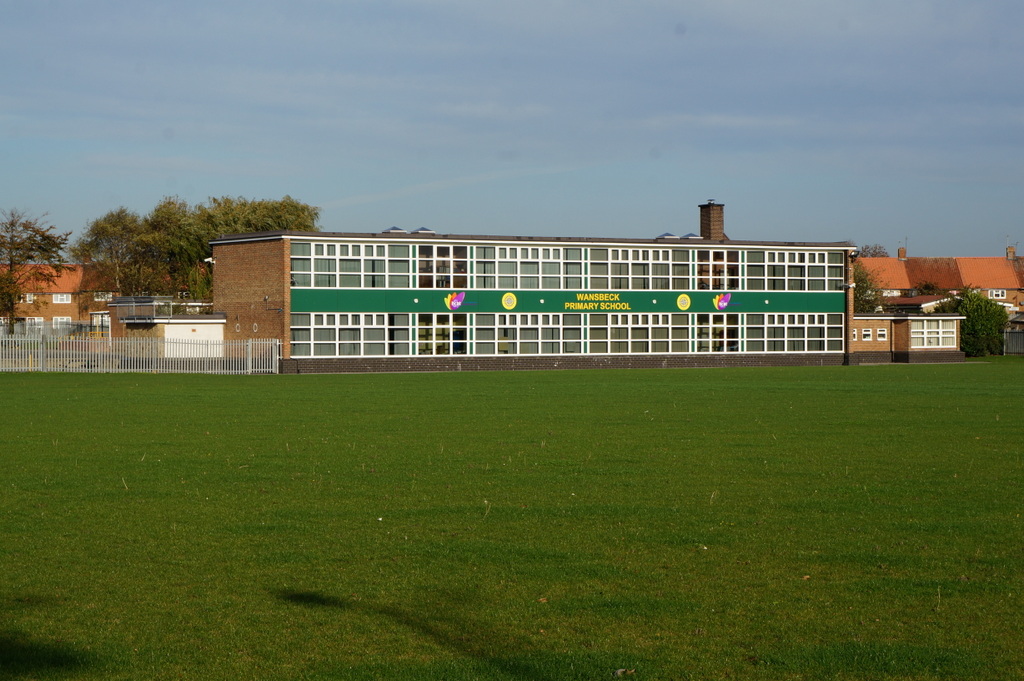
7. **Dedicated Work as an Anonymous Music Teacher**: Beyond her formal royal duties, the Duchess of Kent cultivated a profound and deeply personal commitment to music education, a passion she pursued with an extraordinary degree of anonymity and humility. Her lifelong engagement with music, where she played piano and violin and sang, led her to a remarkable second career as a teacher. This endeavor was a testament to her belief in the transformative power of the arts for young people.
From the mid-1990s, the Duchess quietly began working as a part-time music teacher at Wansbeck Primary School in Kingston upon Hull, in her home county of Yorkshire. For over a decade, she operated “below the radar,” her royal identity largely unknown to parents and even many pupils. To her young students, she was simply “Mrs. Kent,” a moniker that underscored her desire for a normal, unpretentious engagement with her teaching role.
This dedication was eventually revealed in a 2004 article by The Hull Daily Mail, where she candidly spoke about her motivations. “I’ve studied music all my life; it’s my passion,” she stated, further adding, “My other passion is children.” This dual focus illuminated the genuine spirit behind her work, highlighting a desire to connect with and nurture young talent outside the gilded cage of royal life. Her commitment to the children of East Hull, often in areas affected by deprivation, reflected a deep empathy that permeated her public and private life.
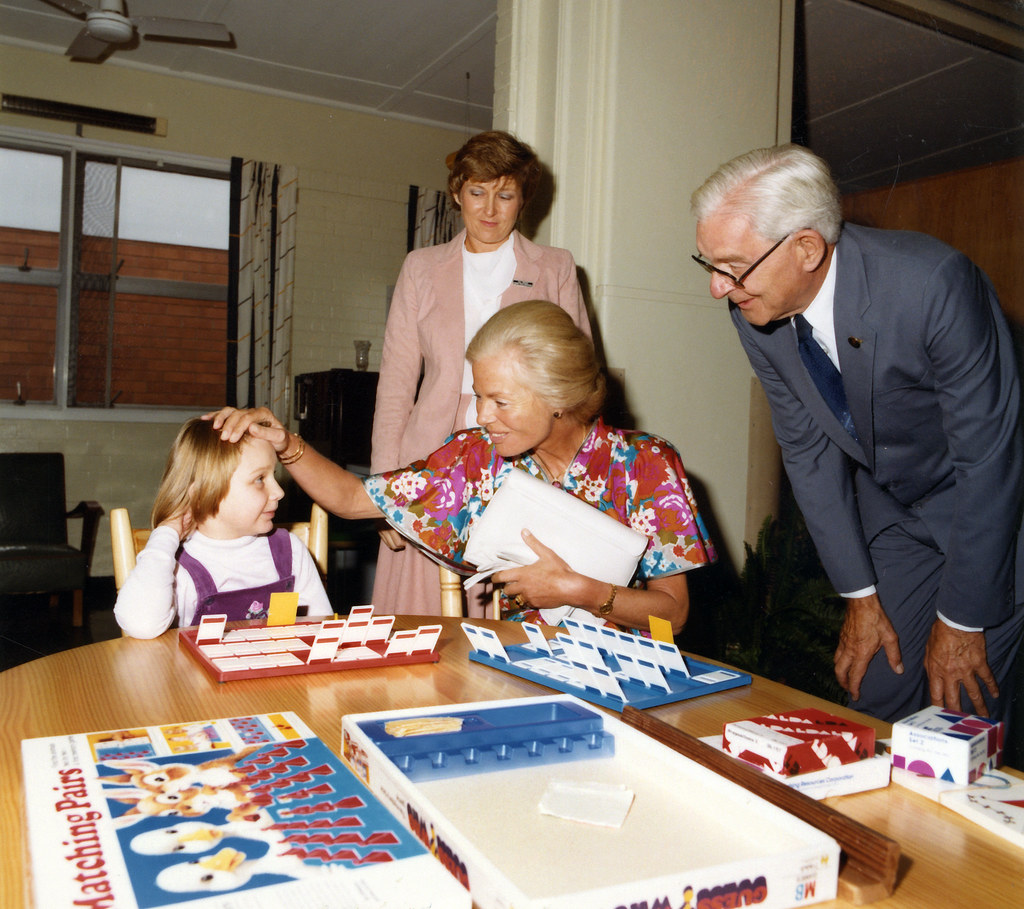
8. **Founding of Future Talent Charity**: The Duchess’s extensive experience as an anonymous music teacher, coupled with her observations of the systemic barriers facing talented young musicians from disadvantaged backgrounds, spurred her to establish the charity Future Talent. This initiative was a natural extension of her heartfelt dedication to education and the arts, aiming to formalize her efforts to make music accessible to all children, regardless of their economic circumstances.
Future Talent was founded with a clear mission: to break down the financial and social barriers that often prevent aspiring young musicians from pursuing their dreams. The charity provides essential resources, including musical instruments, tuition, and performance opportunities, effectively leveling the playing field for those who might otherwise be denied access to quality music education. Her work was a direct response to what she described as “estates with Berlin Walls around them,” highlighting the isolation and lack of opportunity faced by many talented children.
Her vision for Future Talent was rooted in the profound belief in the “power of music to give confidence and self-belief.” Through this charity, she sought to not only foster musical talent but also to instill a broader sense of self-worth and capability in young people. The success of Future Talent stands as a enduring testament to her practical philanthropy and her unwavering commitment to the future generations of musicians.
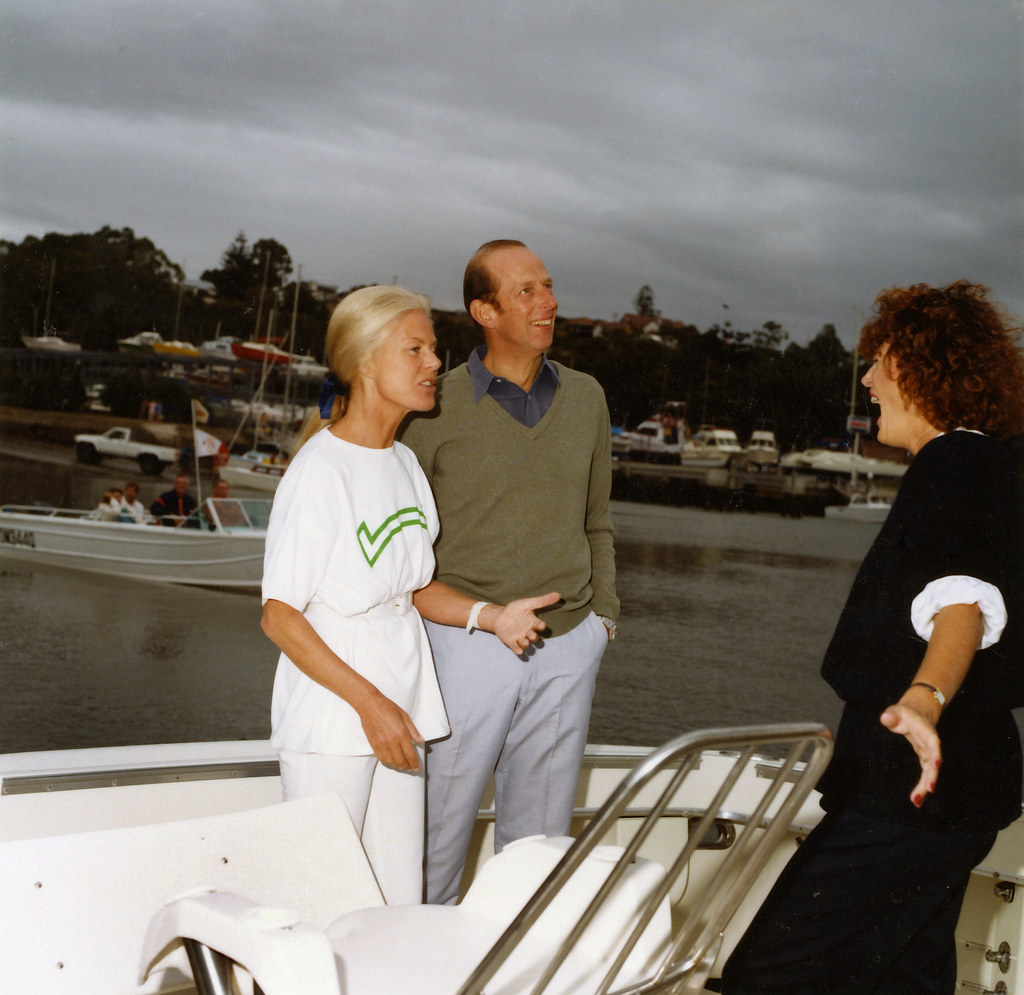
9. **Personal Challenges and Resilience**: Behind the dignified public facade and acts of compassion, the Duchess of Kent navigated significant personal challenges and health issues that underscored her remarkable resilience. Her life, though marked by privilege, was not without its share of profound sorrow and private struggles, which she eventually spoke about with a rare degree of candor for a royal figure. These experiences offer a deeper understanding of the strength she harbored.
In 1975, a case of German measles led to the deeply painful decision to terminate a pregnancy. This was followed two years later by the stillbirth of another son, a loss that plunged her into a severe bout of depression. Her mental and physical well-being were significantly impacted, leading to a seven-week stay in hospital in 1978 for what palace officials then described as “nervous exhaustion,” a term that masked the profound emotional turmoil she endured.
Later in life, she also suffered from chronic fatigue syndrome, a condition that contributed to her gradual stepping back from extensive royal duties. While she and the Duke of Kent quietly began to live a largely separate life for many years, they never divorced and reportedly grew closer in more recent times. These personal adversities, faced with a quiet determination, offer a poignant glimpse into the human experience behind the royal title.
The passing of Katharine, Duchess of Kent, marks the end of an extraordinary life that deftly blended royal duty with a deeply personal commitment to humanity. Her journey, from aristocratic roots to a beloved figure known for her compassionate embrace and her quiet dedication to fostering young talent, serves as a poignant reminder that true impact often lies in the most authentic and unassuming acts of service. She leaves behind a legacy of warmth, understanding, and an inspiring example of how empathy can illuminate even the most public of lives.



